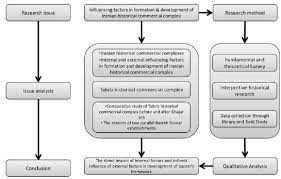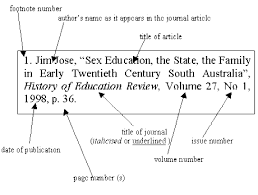Umberto Eco was one of these professors. In 1977, just before he became famous for The Name of the Rose, he wrote a small handbook to help struggling students. How to Write a Thesis has been in print for over 40 years. Used and beloved by generations of students in Europe and beyond, it was only recently translated into English. What accounts for the enduring popularity of the book?
Eco’s style is wry and funny, even when delving into exacting detail. But what makes this small book, full of old-fashioned advice about typewriting, index cards, and libraries, still relevant today is Eco’s belief in the almost magical power of the thesis journey as a true foundation for future challenges in life. It’s an irresistible love letter to research and the creative thrill of rigorous process.
Your thesis is like your first love: it will be difficult to forget. In the end, it will represent your first serious and rigorous academic work, and this is no small thing.
But it’s not just for academics. Anyone who researches or writes for others will find something useful here.
In many ways, Eco’s advice about approaching the challenge is more important than the details—which are often either outdated, or can vary by institution. Here is a summary of the broader advice.
Main contentsSee more from basic to advanced
Source: Eco Umberto, Farina Caterina Mongiat, Farina Geoff (2015), How to write a thesis, The MIT Press.




























Good site! I truly love how it is easy on my eyes and the data are well written. I am wondering how I could be notified whenever a new post has been made. I have subscribed to your RSS which must do the trick! Have a great day!
I have learn a few good stuff here. Definitely value bookmarking for revisiting. I surprise how much effort you place to make the sort of magnificent informative website.